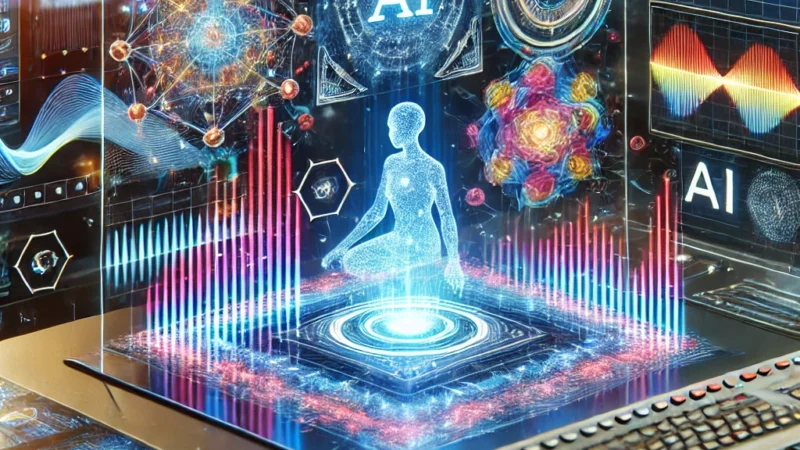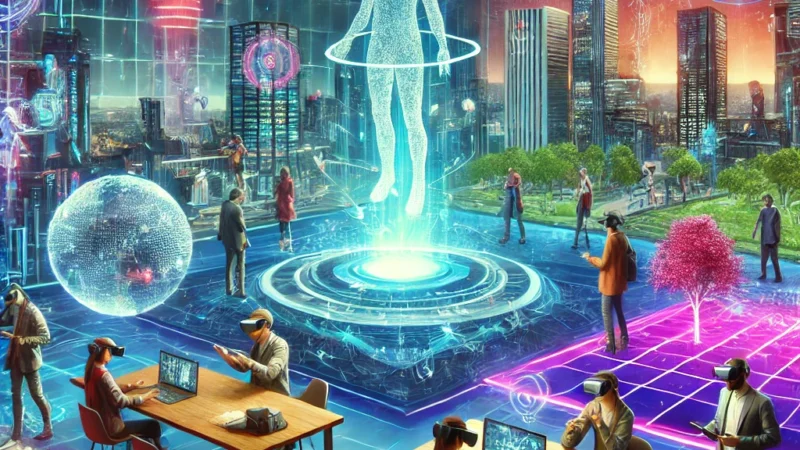What is computer vision?

Picture Credit
Picture Credit
https://en.wikipedia.org/
what is computer vision
Computer vision is a subfield of artificial intelligence (AI) and computer science that focuses on enabling computers to interpret and understand visual information from the world, much like how humans perceive and understand the visual world through their eyes and brain.
The main objective of computer vision is to develop algorithms and systems that can automatically extract meaningful information from images, videos, or other visual data. These algorithms aim to perform tasks such as:
Image Classification: Assigning a label or category to an image, such as identifying whether an image contains a cat, a dog, a car, or a person.
Object Detection: Identifying and localizing specific objects within an image or video stream.
Image Segmentation: Dividing an image into meaningful regions, making it easier to analyze and understand the different components within the image.
Facial Recognition: Identifying and verifying individuals based on their facial features.
Image Generation: Creating new images based on existing visual data, often used in generative models like Generative Adversarial Networks (GANs).
Scene Understanding: Extracting higher-level information from images, such as recognizing different scenes, activities, or events.
Computer vision algorithms rely on various techniques, including image processing, pattern recognition, machine learning, and deep learning. Deep learning, particularly convolutional neural networks (CNNs), has been particularly successful in advancing the capabilities of computer vision systems.
Applications of computer vision are vast and diverse, and they span across numerous industries, including:
Autonomous Vehicles: Computer vision enables self-driving cars to perceive and interpret their surroundings, helping them navigate safely and make real-time decisions.
Healthcare: It aids in medical image analysis, such as detecting and diagnosing diseases from X-rays, MRIs, or CT scans.
Robotics: Computer vision is critical for robots to understand their environment and interact with it effectively.
Surveillance and Security: It is used for identifying suspicious activities, recognizing individuals, and monitoring public spaces.
Augmented Reality (AR) and Virtual Reality (VR): Computer vision is employed to overlay digital information in the real world or create immersive virtual environments.
As the field of computer vision continues to advance, it finds even broader applications and plays an increasingly significant role in various aspects of our daily lives and industries.

neelam tyagi
Technical content writer with a master’s degree in Technology and a keen interest in Tech and Information Technology. She has over three years of experience in writing content for various online platforms, such as Boomi Techie, and Tech Mantra. She creates content that educates and empowers readers on topics such as AI, Tech News, and Innovations. She uses clear and concise language to explain complex tech concepts and terminologies.





